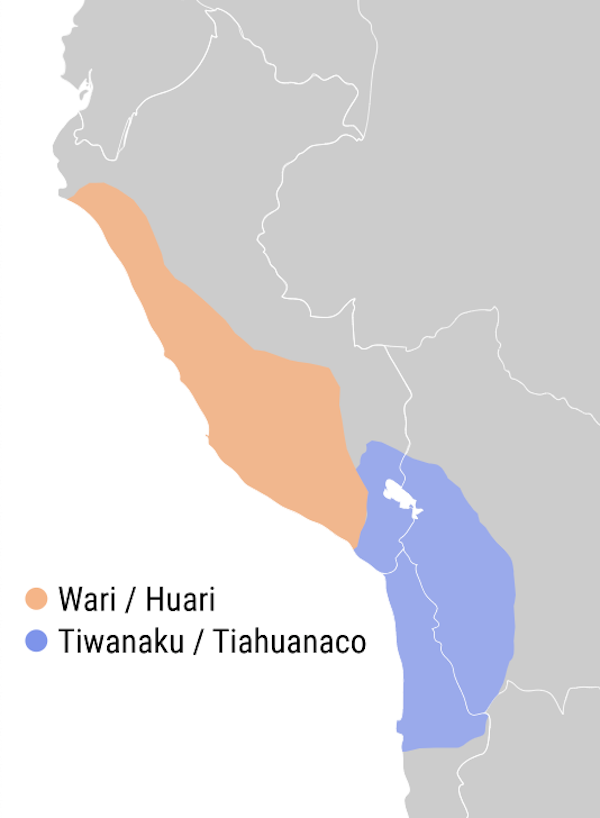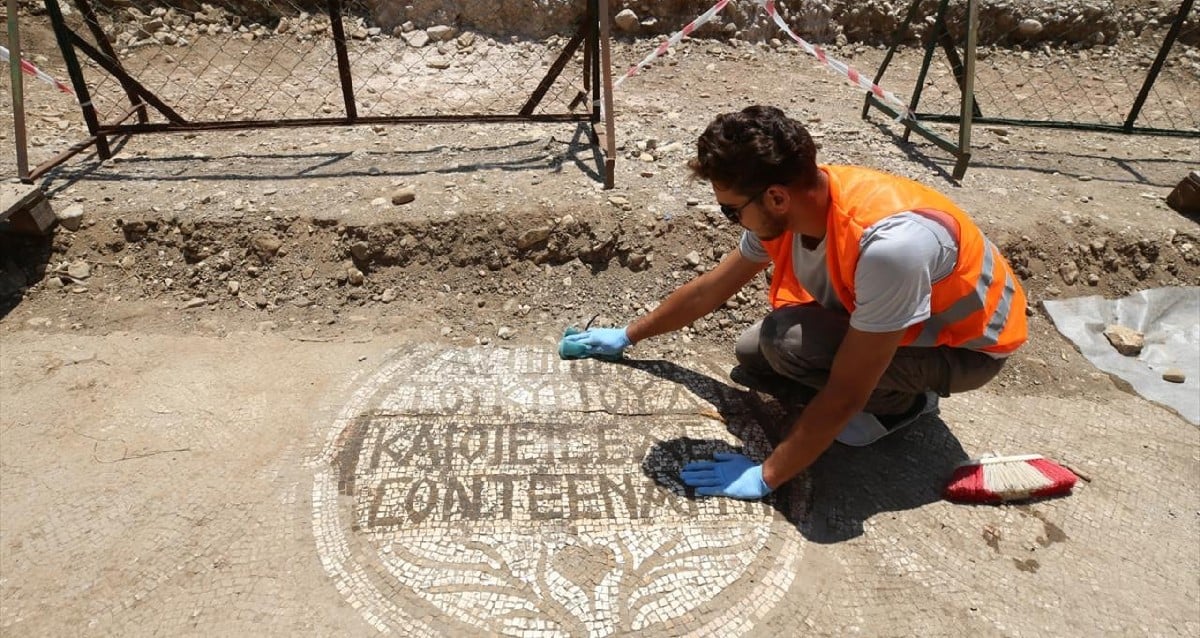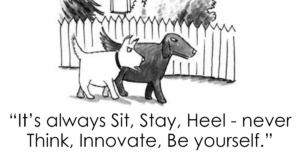Ancient Elixir: How Beer Became the Unexpected Key to the Wari Empire’s 500-Year Reign
Until 1100 A.D., the Wari people were assembled in varying tribes that routinely socialized with rival groups, particularly from the Bolivian Tiwanaku people which vastly influenced their culture.
According to the results published in Sustainability, scientists were able to assess the kind of molecules and atomic remnants once housed within Wari ceramic vessels discovered almost 20 years ago using “archaometric” laser methods, which revealed that these ancient Peruvians routinely brewed beer and regularly engaged in socially lubricated gatherings.

Wikimedia CommonsA map of South America’s Wari and Tiwanaku empires, depicting their expansion and area of influence.
Business Standard reported that it was nearly 20 years ago that Ryan Williams — lead author of the study and associate curator at the Field Museum — and his team uncovered evidence of an ancient brewery in Cerro Baúl in the southern mountainous parts of Peru.
As technology has come quite a long way since then, the team has only recently managed to extrapolate further invaluable data from their previous archaeological findings. “We were able to apply new technologies to capture information about how ancient beer was produced and what it meant to societies in the past,” Williams said. “This study helps us understand how beer fed the creation of complex political organizations.”
The Wari brewed a sour beverage called “chicha,” and since it only lasted for a week after its brew date, the people had to come to Cerro Baúl to partake as soon as possible.














Post Comment